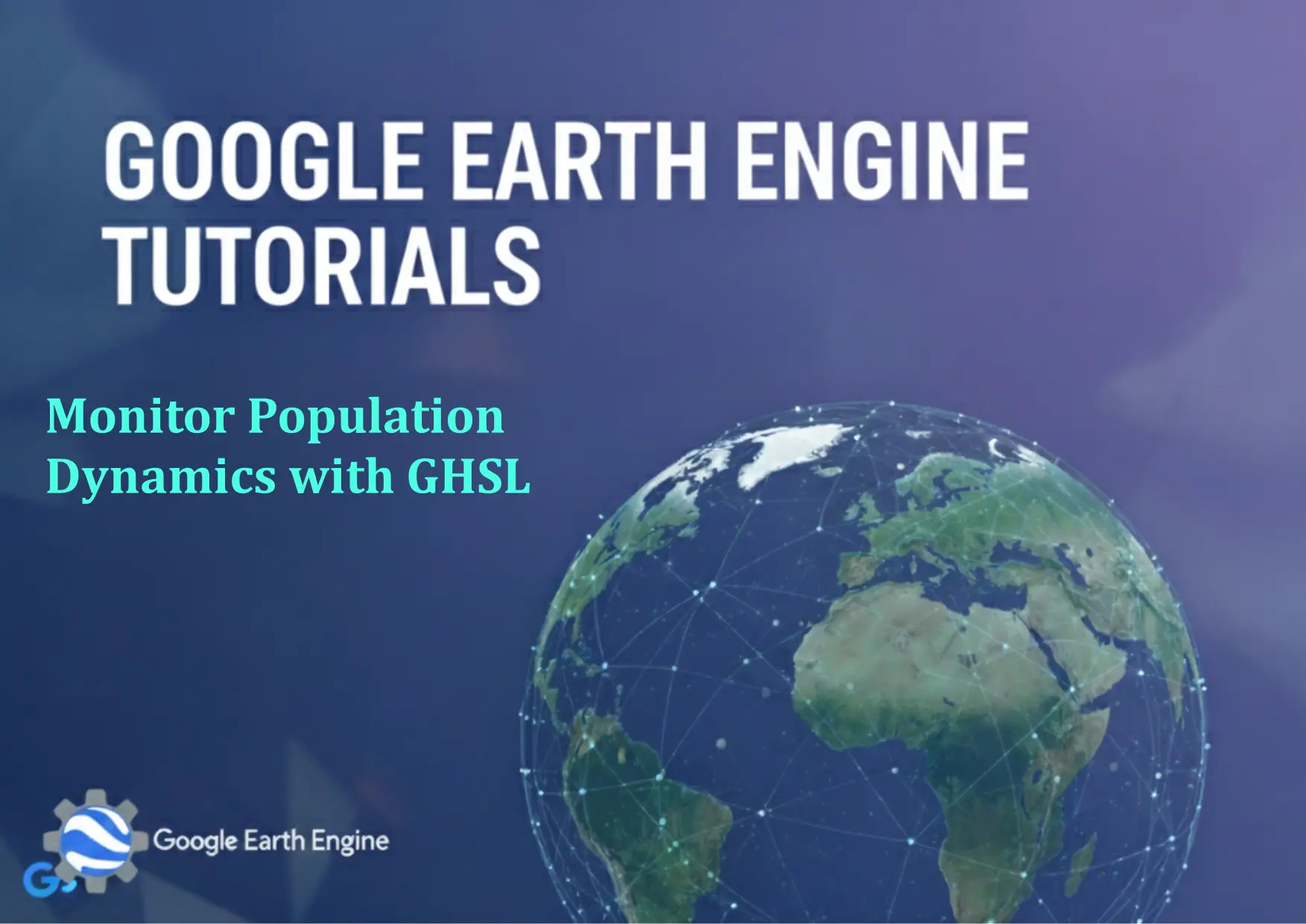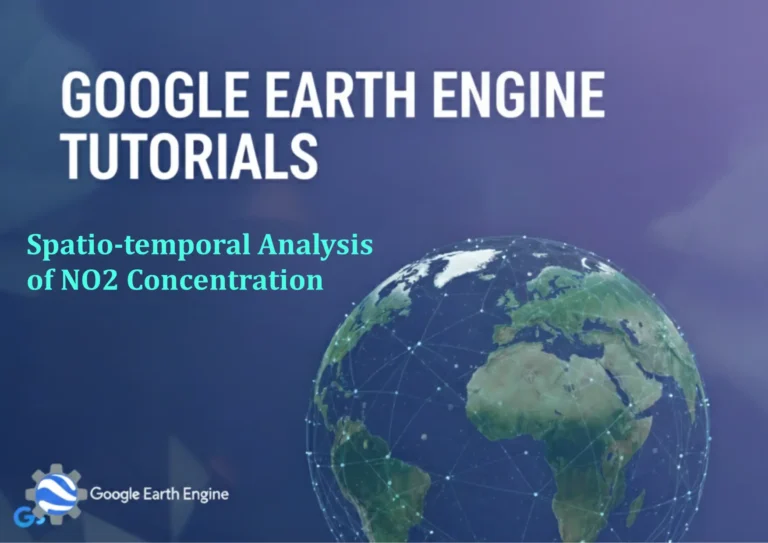Google Earth Engine Tutorial: Monitor Population Dynamics with GHSL
Credit: Youtube Channel “Terra Spatial, Tutorial on monitoring population dynamics and changes using Global Human Settlement Layer data.”
You can see all the tutorials from here: Techgeo Academy.
Google Earth Engine is a powerful platform for environmental data analysis, offering access to large geospatial datasets. One such dataset, the Global Human Settlement Layer (GHSL), provides detailed information on population distribution over time. By leveraging GHSL data in Google Earth Engine, users can monitor population dynamics, track urbanization trends, and support research in fields like urban planning, public health, and climate resilience.
Accessing and Loading GHSL Data
To begin, load the GHSL dataset into your Earth Engine environment. GHSL includes various layers, such as built-up areas, population distribution, and settlement patterns. The following code snippet demonstrates how to access the population layer:
var ghsPop = ee.Image("JRC/GHSL/P2018/PopH疫");
This dataset offers a global view of population counts at a spatial resolution of 250 meters, making it ideal for detailed analysis.
Filtering and Analyzing Population Data
After loading the dataset, apply filters to focus on specific regions or time periods. For instance, to analyze changes in a city over the past decade:
var region = ee.FeatureCollection("FAO/GAUL/2015/level2").filter(ee.Filter.eq("ADM2_NAME", "Example City"));
var popRegion = ghsPop.clip(region);
Use the reduceRegion method to calculate population totals or averages for defined areas.
var popStats = popRegion.reduceRegion({
reducer: ee.Reducer.sum(),
geometry: region.geometry(),
scale: 250,
maxPixels: 1e9
});
print(popStats.get("pop"));
Visualizing Population Trends Over Time
GHSL datasets often include historical layers for comparison. To visualize changes, loop through multiple years and create a time-series plot:
var years = [2000, 2010, 2020];
years.forEach(function(year) {
var popLayer = ee.Image("JRC/GHSL/P" + year + "/PopGHS").clip(region);
Map.addLayer(popLayer, {palette: ['blue', 'green', 'red'], max: 10000}, "Population " + year);
});
This approach allows you to observe urban expansion, population growth, or decline in targeted areas.
Use Cases: Monitoring Population Dynamics
GHSL data is valuable for monitoring population dynamics in several ways:
- Tracking urbanization by comparing built-up areas and population density across years.
- Identifying migration patterns in regions affected by natural disasters or conflicts.
- Assessing population exposure to climate risks (e.g., rising sea levels, extreme weather).
- Supporting public health initiatives by mapping population density for resource allocation.
FAQ
What is the GHSL dataset, and what does it include?
The Global Human Settlement Layer (GHSL) is a set of global maps produced by the European Commission’s Joint Research Centre (JRC). It includes population distribution, built-up areas, and settlement patterns derived from satellite imagery and other sources.
How accurate is GHSL population data?
GHSL uses advanced remote sensing and statistical methods to estimate population distribution. While it is generally reliable, local discrepancies may occur due to factors like data availability or rapid urbanization. Cross-referencing with census data is recommended for validation.
Can I use GHSL for historical analysis?
Yes, GHSL provides multiple historical layers, such as P2015, P2019, and P2021. These allow users to compare population changes over time and assess trends.
What is the spatial resolution of GHSL data?
GHSL population data is available at a resolution of 250 meters. This high resolution enables detailed analysis of small-scale population dynamics.
How do I handle cloud cover or image quality issues?
GHSL imagery is generated using a combination of satellite data and algorithms, so cloud cover is less of an issue. However, if using other datasets, consider applying cloud masking techniques or using the maskClouds function in Earth Engine.
Are there limitations to using GHSL in Google Earth Engine?
GHSL data may not always align with the latest administrative boundaries or census data. Additionally, when working with large datasets, computation time and memory constraints can arise. Using the median() or mean() reducers can help manage large volumes of data.






